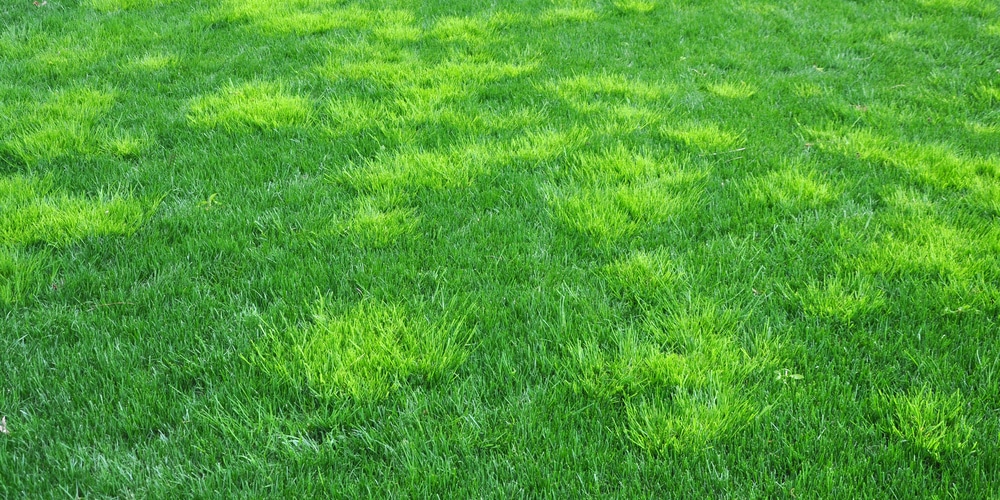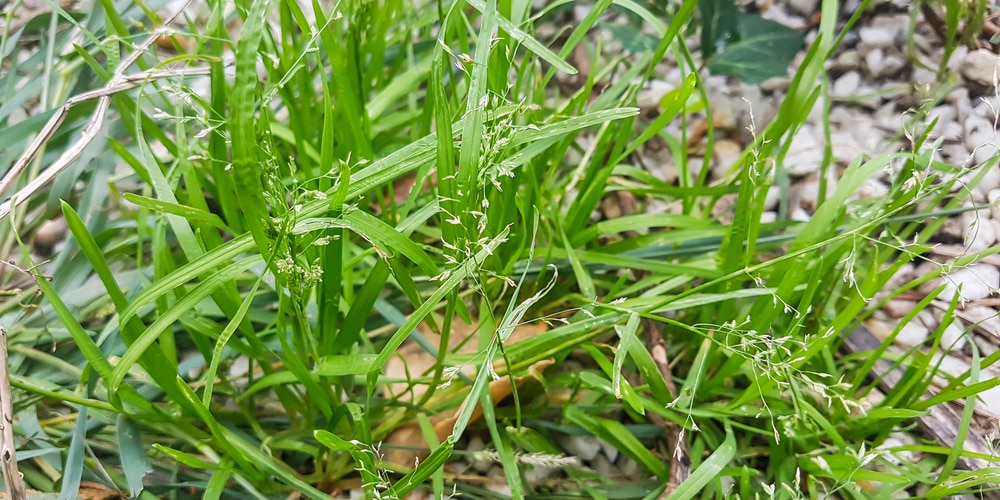Growing a lawn involves plenty of effort, especially if you like to maintain your turf green and lush. You’ll have to water your turf regularly, mow it as soon as it grows taller than its ideal height, feed it with the necessary nutrients, and check for pests and diseases.
Besides that, you must keep an eye on weeds. These invasive plants may deprive your lawn of essential nutrients and affect the aesthetics of your garden.
While identifying a weed problem might be challenging, it isn’t impossible. However, eliminating it will be harder, depending on how you detect the issue. Ideally, you should use methods that allow you to kill the weed without harming your grass.
And if you want to learn how to kill Poa Annua on Bermuda turf, you have landed in the right place. Here, we collected all the information you must have on hand to remove this annual weed from your lawn!
What is Poa Annua?
Before getting into the specifics of killing Poa Annua in Bermuda grass, you should know more about this weed. Poa Annua is a perennial bluegrass species thriving in most lawns and gardens. However, it is also one of the most challenging weeds to eliminate. After all, it reproduces fast and prolifically.
Poa Annua creates clumps of fine and dark green blades with visible whitish seed stalks that come out in the winter and early spring. In most cases, Poa Annua dies as the temperatures rise in the summer.
However, once it establishes itself in a location, it will most likely reappear during the following season if you don’t take care of it.
And without the proper measures, because it reproduces so fast, this annual weed might take over your garden.
Killing Poa Annua In Bermuda
Because of its characteristics, you might be able to get rid of Poa Annua in your Bermuda turf by keeping it healthy. Indeed, with proper maintenance and care, your turf will choke out Poa Annua as the summer arrives.
Still, it will be almost impossible to eliminate this weed without treatment. Don’t forget that killing Poa Annua overnight is an impossible task. You must be patient when trying to remove this weed from your garden.
Sometimes, it can take up to two years to eliminate it! So, don’t despair if you still see traces of this weed after applying a treatment.
Pre-Emergent Treatments
While prevention is often better than cure, we understand that identifying Poa Annua in your garden isn’t a simple task. Still, consider adding pre-emergent products to prevent the grass from germinating. Usually, you’ll get satisfactory results applying high-quality control products in the fall or spring.
The choice of a product for your garden depends on your routine: if you plan to overseed your warm-season Bermuda grass with a cold-season turf, the time of application is critical for success. For instance, you must choose products that won’t prevent other cool-season grasses from emerging.
Post-Emergent Products
Alternatively, if the infestation is ongoing, you may be able to remove Poa Annua from your garden with a suitable post-emergent herbicide. Ensure the product won’t harm your turf and use it following the instructions on the label to avoid issues.
If the infestation isn’t severe, consider getting spot treatments. They will minimize harm to your lawn. Remember that most post-emergent products are non-selective, meaning you must apply them when your Bermuda grass is dormant to avoid killing it. Usually, that happens between November and January.
Maintain Your Bermuda Grass in Healthy Conditions
One of the best ways to reduce damage to your turf is to keep it under ideal growing conditions. Take measures to meet their requirements: water, fertilize, and mow your yard regularly, especially during the growing season.
Also, ensure your grass stays thick and dense: it will have higher chances against a Poa Annua invasion. Your lawn must have all it needs to thrive. You may want to do a soil test to identify (and treat) any nutrient deficiencies and pH imbalances affecting its growth.
Also, take actions to improve drainage and minimize compaction if you notice some problems with the soil. And if you have trees or dense plants around, consider trimming them. Doing so should increase exposure to the sun. If you can’t increase the sunlight on your lawn, consider adding groundcover plants in the shadier spots.

